Product
Systematization of Winemaking
To respect the terroir and make the most of our wines, we work methodically to match grape varieties to our vineyards.
In the pursuit of the honest flavors that can only be produced in a particular year and a particular place, we cultivate grape varieties unique to Japan in Japanese soil and vinify them here.
About Product Names

All MGVs wine names are represented by alphabetical letters, followed by a three-digit number. At MGVs, the wine's finish differs not only depending on the variety and origin of the grape, but also on how we process the raw materials, and how we select the production method, including fermentation. Therefore, the name of the wine clarifies the grape variety, harvest area, process, and method of production being used.
Grape Variety
Koshu
Our white wines are made from the Koshu grape. The Koshu grape is a variety unique to Japan that has been cultivated in Katsunuma for many centuries. When ripe, bunches of Koshu grapes turn a wisteria (light purple) color. When crushed, the grapes produce a delicate greenish-white juice, but as the juice quickly oxidizes, it is important to avoid exposure to the air.
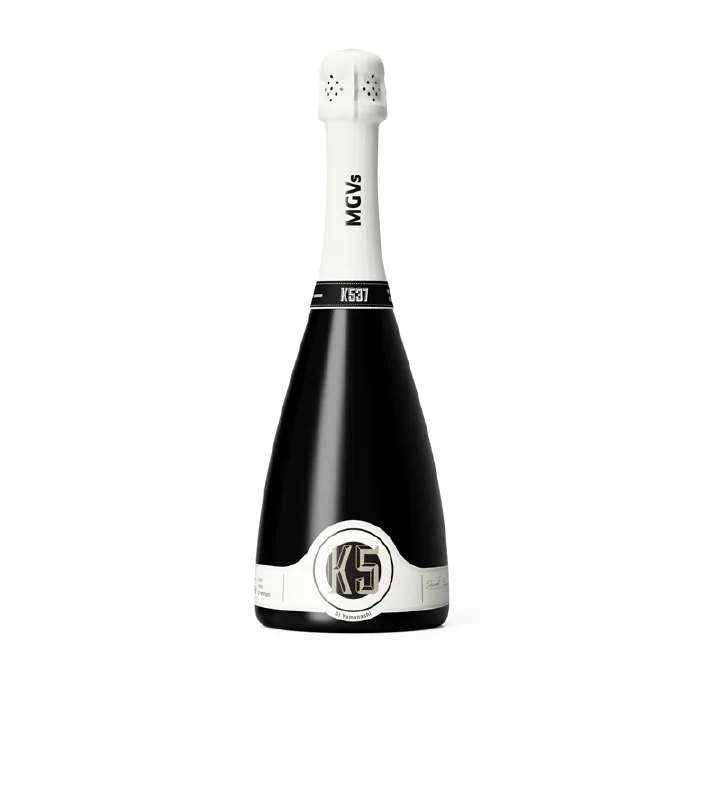
"POSH"
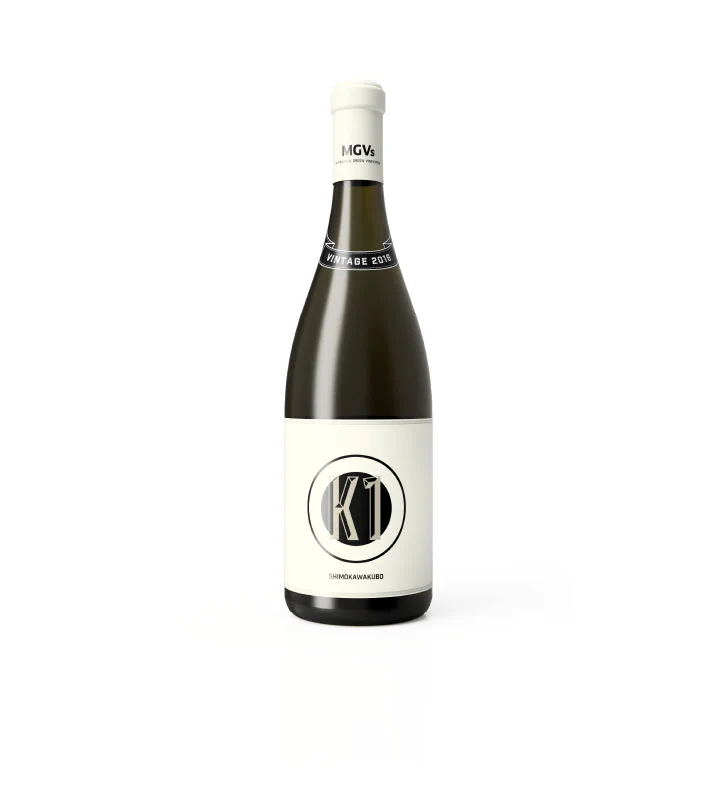
Muscat Bailey A (MBA)
Our red wines are made from the Muscat Bailey A grape, a variety unique to Japan developed by the “father” of Japanese wine, Zenbei Kawakami. In order to leach the pigment from the black skins of this indigenous grape into the wine, the mash, which consists of the skins, seeds and juice, is fermented together.
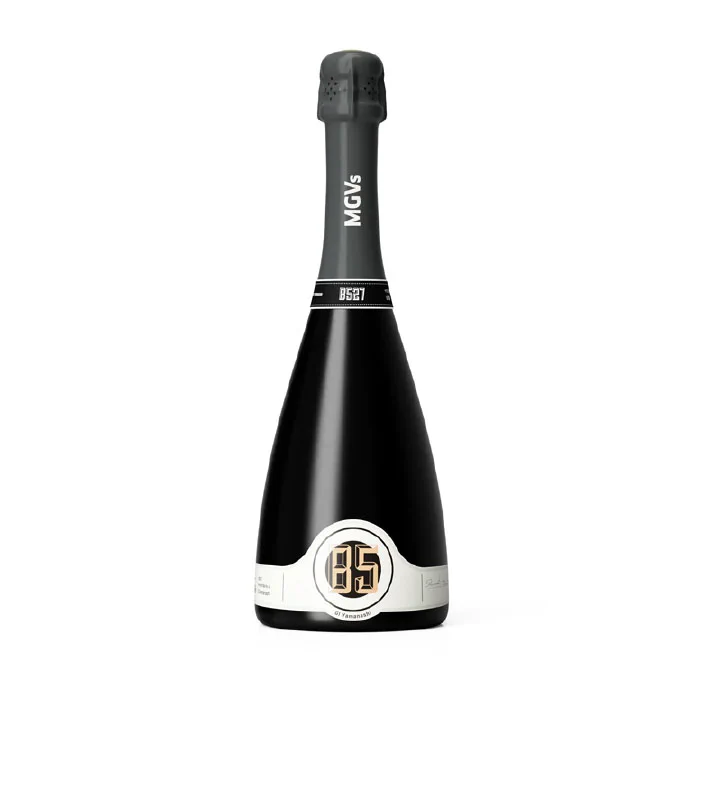
"POSH"
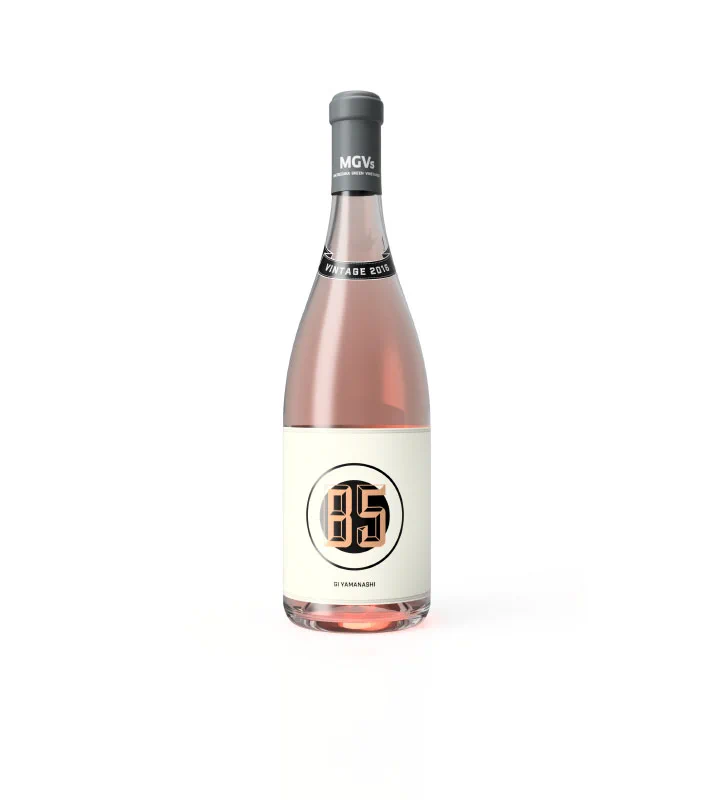
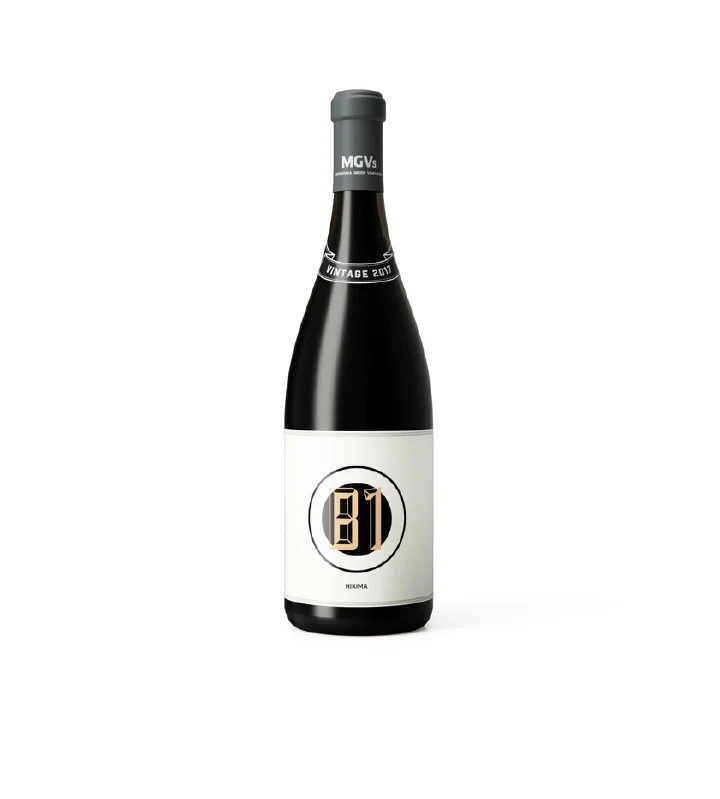
Grape Harvest Area

Katsunuma District
(Koshu City)

Ichinomiya District
(Fuefuki City)

Hosaka District
(Nirasaki City)

Other Municipalities

Yamanashi
(GI Yamanashi)
Preparation and Processing Method of the Grapes
Free Run
The first juice to flow naturally before pressing
Short Maceration
Juice taken after a short maceration with skins and seeds
Free Run + Pressed Juice
Mix of naturally flowing first juice and pressed juice
Pressed Juice
Pressed juice
Concentrated Juice
Concentrated juice in which only water is removed from the squeezed juice to increase the sugar content
Blush
The same preparation as free-run white wine juice
Saignée Rosé
Saignée Rosé is the juice extracted after a short period of vinification with skins and seeds
Maceration Rosé
When the color of the skin begins to bleed, the juice is pressed
Maceration Red
The skins, seeds and juice are pressed to fully extract the color
Saignée Maceration
Greater concentration of skins to juice to produce deep color
Production Method of the Wine
Fermentation in Stainless Steel Tanks
Alcoholic fermentation in stainless steel tanks
Fermentation in Stainless Steel Tanks + Sur Lie
Fermentation on the lees in stainless steel tanks until spring (at least 6 months)
Fermentation in Stainless Steel Tanks + Barrel Aging
After alcoholic fermentation in stainless steel tanks,
the wine is transferred to oak barrels for aging
Barrel Fermentation + Stainless Steel Tank Storage
After alcoholic fermentation in oak barrels, the wine is transferred to stainless steel tanks for aging
Barrel Fermentation + Barrel Aging
Alcoholic fermentation in oak barrels followed by aging in different oak barrels
Original Blend
Blending (assemblage) to give more depth of flavor
Second Fermentation in Tank (Sparkling Wine)
Second fermentation of still wine in tank (Charmat method)
Second Fermentation in Bottle (Sparkling Wine)
Second fermentation of still wine in bottle (Traditional method)
Pairing
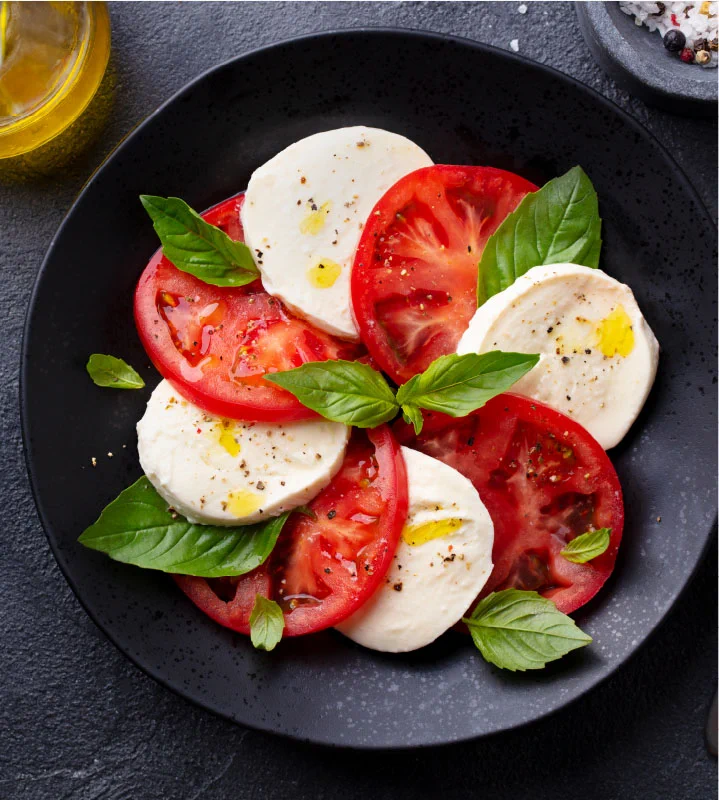
"POSH"
A sparkling white wine made from Koshu grapes.
The citrus aroma, slight acidic characteristic of the grape variety, and refreshing taste make this sparkling wine a perfect aperitif or a drink to enjoy with your meal.
This sparkling wine is made in two ways: secondary fermentation in a stainless steel tank and secondary fermentation in the bottle. The smooth bubbles and unique flavor of Koshu go well with sushi, sashimi, tempura, and grilled chicken skewers with salt (yakitori).
The sparkling wine from the second fermentation in the tank (Charmat Method) has aromas of grapes and a fresh taste. The fresh taste of Koshu grapes and a hint of yeast in the citrus aroma bring out the flavor of light dishes. We recommend serving it with carpaccio or cod cooked with lemon.
Sparkling wine with secondary fermentation in the bottle (Traditional Method) gives it a sense of maturity and depth of flavor. The mellow flavor of Koshu grapes permeates the palate and is an elegant addition to any occasion. Enjoy with a caprese salad of mozzarella, tomatoes and basil or fatty seafood dishes. Serve well chilled with your meal.
*POSH is a registered trademark of MGVs Winery for sparkling wine.
Ideal serving temperature: 5 to 12°C (41 to 54°F)
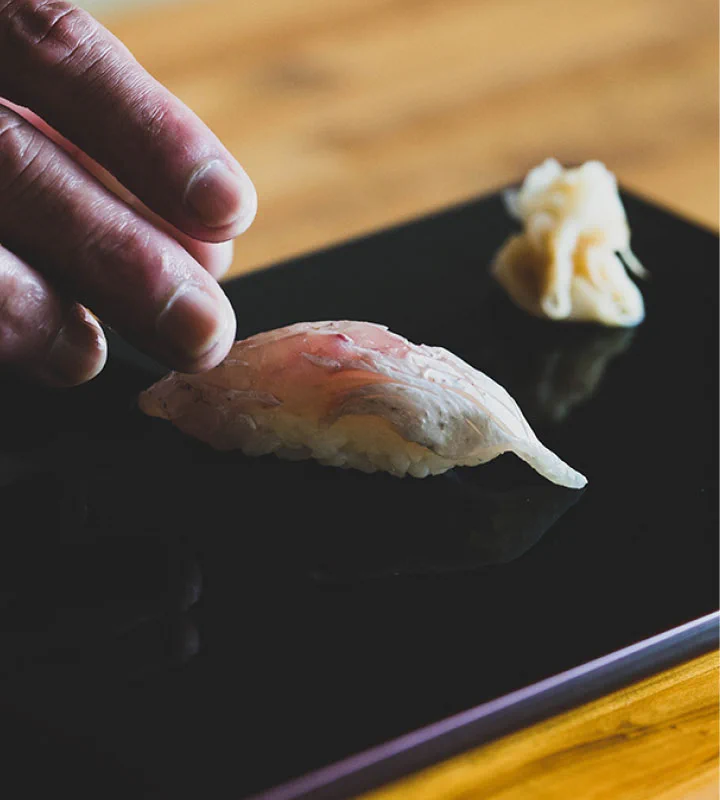
White Wine
Koshu White Wine
Koshu wines are a perfect match for Japanese food as the slight acidic character of the grape variety enhances the original taste of the ingredients.
Our white wines are made using various methods such as barrel and sur lie aging, and their delicate minerality goes well with sushi, sashimi, tempura, and grilled chicken skewers with salt (yakitori).
To enjoy the clean and refreshing taste of Koshu wine, we recommend drinking it when it's well chilled and pairing it with sushi, sashimi, and dishes with citrus.
White wines with body, such as wines with rich fruit flavors or wines aged in oak barrels, go well with western-style dishes containing white sauce or seafood.
Chill well and enjoy with food.
Ideal serving temperature: 8 to 16°C (46 to 61°F)
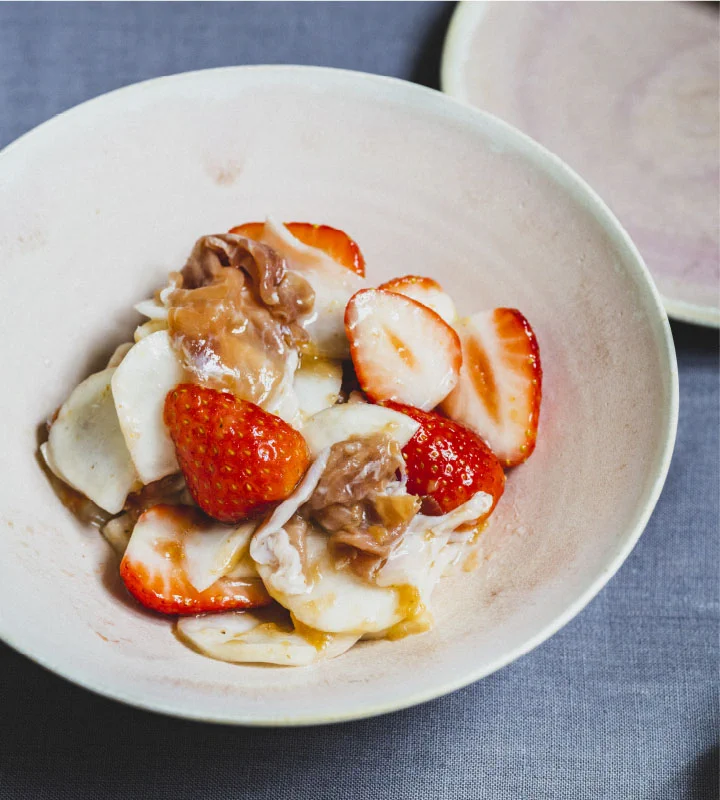
"POSH"
Rosé sparkling wine made from Muscat Bailey A grapes.
Its sweet strawberry-like aroma, light acidity, and soft tannins make it easy to enjoy as an aperitif.
This sparkling wine is made in two ways: secondary fermentation in a stainless steel tank and secondary fermentation in the bottle. The smooth bubbles and refreshing flavor go well with seafood and salads. We also recommend pairing it with tomato bruschetta or sweets with strawberry sauce.
Chill well and enjoy with food.
*POSH is a registered trademark of MGVs Winery as a designation for sparkling wine.
Ideal serving temperature: 5 to 12°C (41 to 54°F)
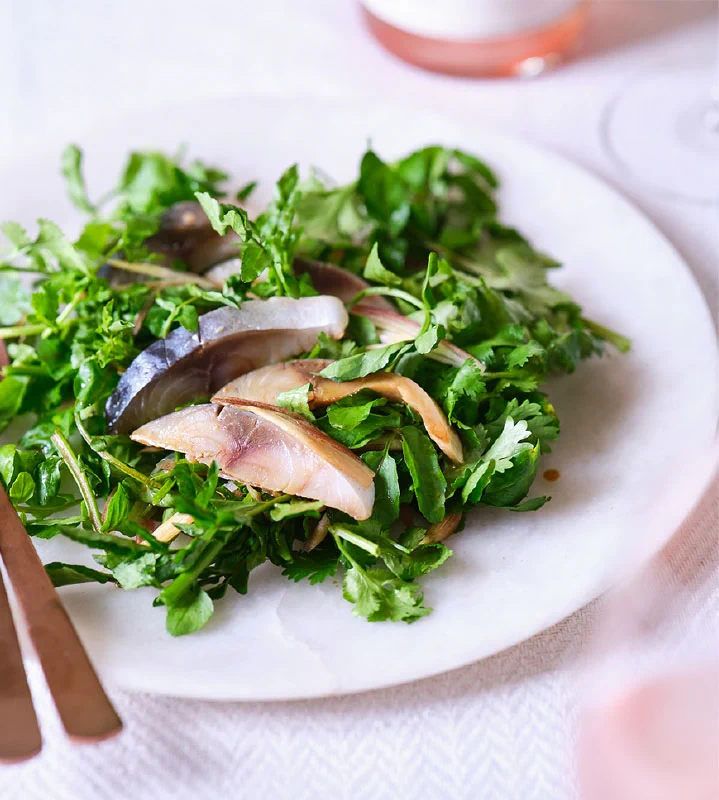
Rosé Wine
This is a rosé wine made from Muscat Bailey A grapes. With its sweet strawberry-like aroma, light acidity, and soft tannins, it can be easily enjoyed as an aperitif.
Its clean and refreshing taste goes well with seafood and salads.
The combination of shimesaba (raw mackerel salted and marinated in vinegar) and watercress salad is especially recommended.
Serve well chilled with food.
Ideal serving temperature: 8 to12°C (46 to 54°F)
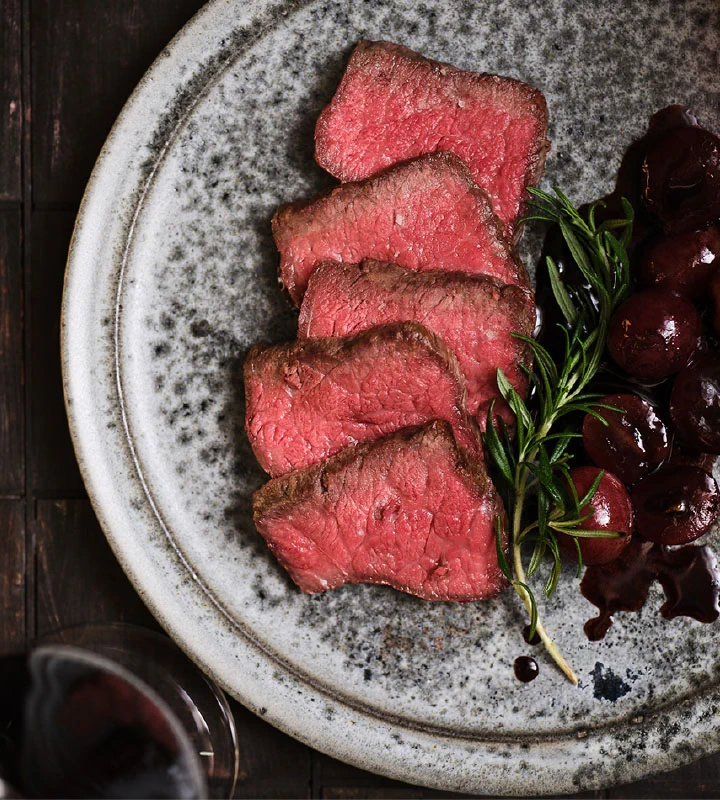
Red Wine
Muscat Bailey A Red Wine
Muscat Bailey A wines are low in tannins and enhance the flavor of natural ingredients, making them a perfect match for delicate Japanese cuisine. All of our red wines are aged in oak barrels, which gives them an elegant aroma. They pair well with traditionally seasoned dishes such as sweet, soy-sauce-glazed yakitori (grilled chicken skewers), unagi-no-kabayaki (grilled eel), and simmered dishes.
The full-bodied red wines with deep flavor can be paired with meats and rich sauces. They are especially good with roast beef and dishes flavored with balsamic vinegar.
Wines with a strong strawberry aroma, characteristic of Muscat Bailey A, are recommended to be enjoyed with desserts or on their own.
Enjoy with food, but do not over-chill.
Ideal serving temperature: 14 to 20°C (57 to 68°F)
